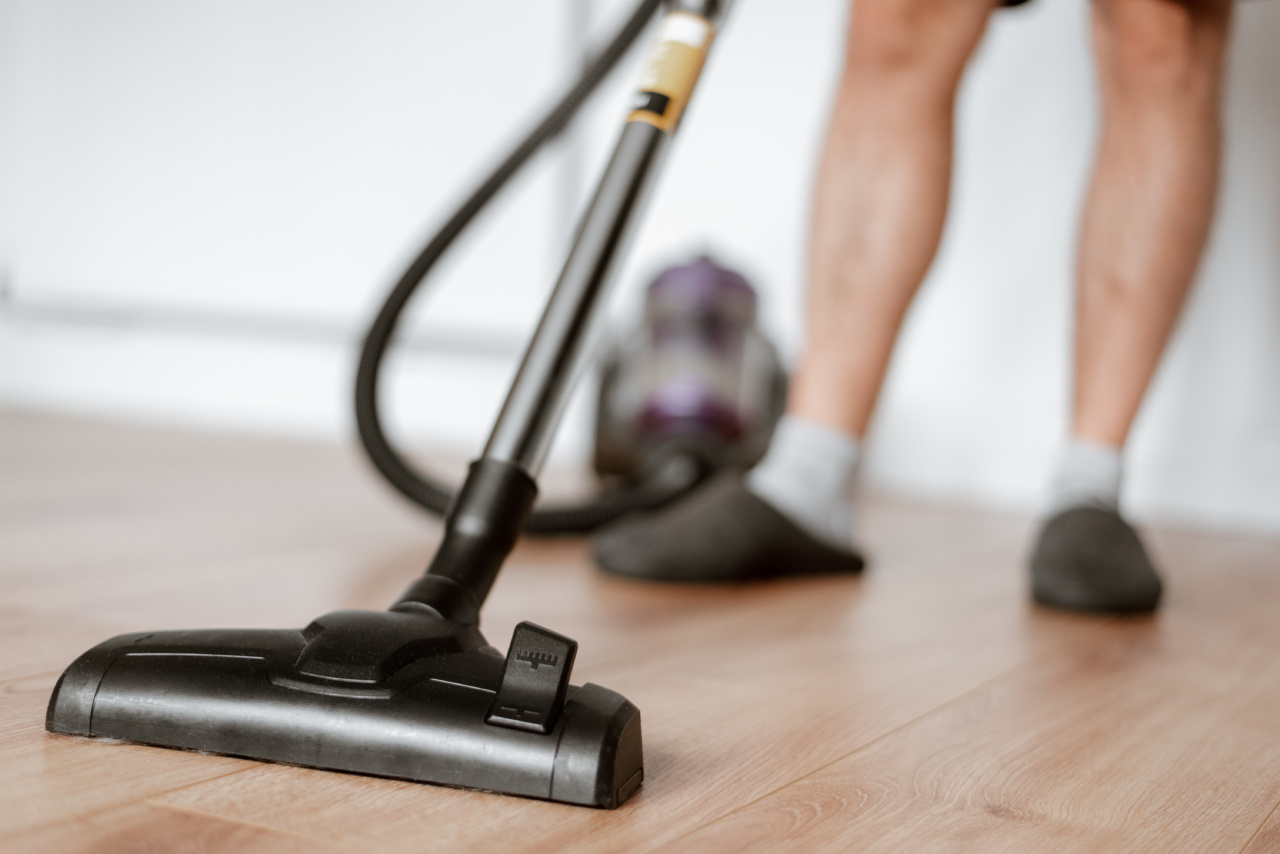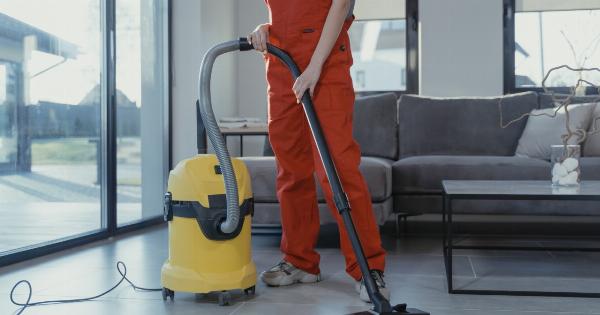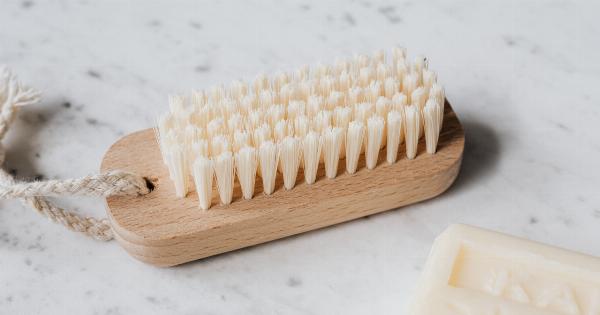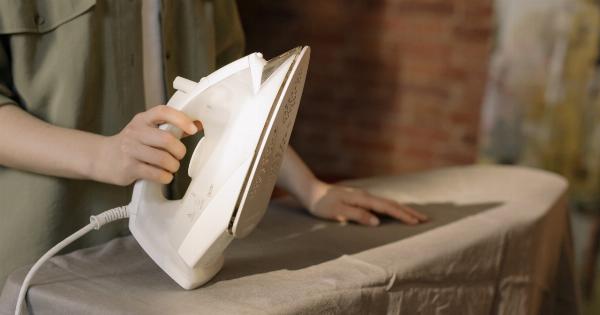Vacuuming is an essential part of maintaining a clean and healthy home environment. However, it is important to be aware of the potential allergens that may be present in your vacuuming routine.
These allergens can trigger allergic reactions and cause discomfort for individuals with allergies or respiratory issues. By identifying and addressing these potential allergens, you can ensure a more effective and safer vacuuming experience.
In this article, we will explore common allergens that may be lurking in your vacuum and provide tips on how to minimize their impact.
Dust Mites
Dust mites are microscopic creatures that are a common cause of allergies. They thrive in warm and humid environments, making household items like mattresses, pillows, and carpets their favorite dwelling places.
These tiny insects feed on dead skin cells and produce waste that can trigger allergic reactions when inhaled.
To reduce dust mites in your home, consider purchasing a vacuum cleaner with a HEPA (High-Efficiency Particulate Air) filter. HEPA filters are designed to trap even the smallest particles, including dust mite allergens.
Regularly vacuuming your carpets, upholstery, and bedding can help eliminate dust mites and reduce the risk of allergic reactions.
Pollen
Pollen is another common allergen that can find its way into your home through open windows or by clinging to your clothes and shoes.
When you vacuum, pollen particles can be stirred up and circulated in the air, triggering allergy symptoms in sensitive individuals.
To minimize exposure to pollen, consider taking measures such as keeping windows closed during peak pollen season, using air purifiers in your home, and regularly changing your vacuum cleaner’s filters.
Additionally, it may be helpful to vacuum more frequently during pollen season to remove any accumulated pollen particles from your carpets and furniture.
Pet Dander
If you have pets, their dander can become a significant allergen in your home. Pet dander consists of tiny flecks of skin that animals shed naturally. When inhaled, pet dander can cause allergic reactions in susceptible individuals.
To effectively remove pet dander from your home, choose a vacuum cleaner specifically designed for pet owners. These vacuum cleaners often feature specialized brushes and filters that can better capture and contain pet hair and dander.
It is also recommended to regularly groom your pets and wash their bedding to minimize the amount of dander in your home.
Mold Spores
Mold spores are a common allergen that can be found both indoors and outdoors. Mold thrives in damp areas, making places like bathrooms, basements, and kitchens prone to mold growth.
When you vacuum these areas, mold spores may become airborne and trigger allergies or respiratory issues.
To prevent mold growth in your home, ensure proper ventilation in high-moisture areas and promptly fix any water leaks or dampness issues. Using a vacuum cleaner with a HEPA filter can help capture mold spores effectively.
It is also advisable to wear a mask while vacuuming areas suspected of mold growth to minimize your exposure to the spores.
Chemical Irritants
In some cases, the cleaning products and chemicals used during the vacuuming process can be irritants or allergens themselves.
Chemicals such as synthetic fragrances, carpet cleaners, and air fresheners can release volatile organic compounds (VOCs) into the air, causing respiratory symptoms in sensitive individuals.
If you are sensitive to chemical irritants, opt for natural and fragrance-free cleaning products. Consider using baking soda as a natural deodorizer and a steam cleaner as an alternative to chemical-based carpet cleaners.
Proper ventilation during and after vacuuming can also help dissipate any lingering chemical fumes.
Dust and Particles
Dust and other particles are common allergens that can be present in every home. When you vacuum, these particles can become airborne and trigger allergies or aggravate respiratory conditions.
To reduce dust and particle exposure, choose a vacuum cleaner with a strong suction power and a good filtration system.
HEPA filters are highly effective in trapping dust and other particles, preventing them from being blown back into the air while vacuuming. Regularly empty the vacuum cleaner’s dustbin or replace the bag to prevent the buildup of allergens.
Avoiding Allergy Triggers
In addition to minimizing allergens during the vacuuming process, there are other steps you can take to avoid allergy triggers in your home. These include:.
1. Regularly dusting and wiping: Dust surfaces with a damp cloth and use microfiber cloths that can catch and hold onto dust particles effectively.
2. Washing bedding frequently: Launder your bedding at least once a week in hot water to remove dust mites and allergens.
3. Keeping humidity levels in check: Use dehumidifiers or air conditioners to maintain optimal humidity levels, preventing the growth of mold and dust mites.
4. Removing shoes at the entrance: Leave shoes at the entrance to prevent tracking in pollen, dust, and other outdoor allergens.
5. Regularly cleaning air ducts and filters: Dust and debris can accumulate in your home’s air ducts and filters, contributing to poor indoor air quality. Regularly clean and replace them as needed.
Following these tips and adjusting your vacuuming routine can significantly reduce allergens in your home, leading to a cleaner and healthier environment for you and your family.





























